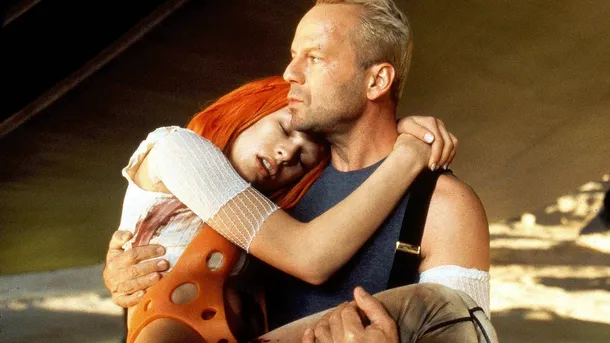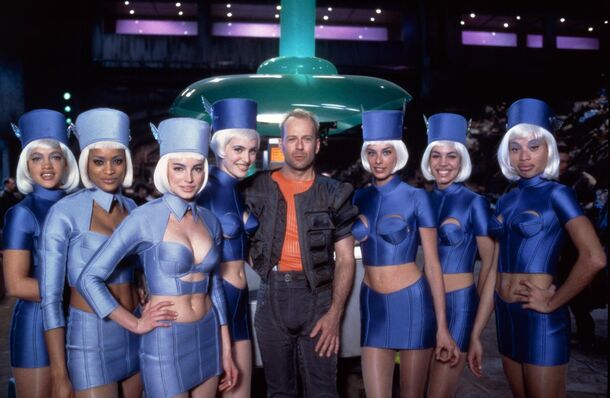You Know 'The Fifth Element' by Heart? Here are 7 Details That Even Fans Missed: A Secret Sign from Leon and the Real Language of the Gods

Luc Besson's cult film holds secrets you never knew about.
Greetings, fellow film lovers! Today marks a special milestone — 25 years since the release of Luc Besson’s The Fifth Element (1997), and it’s astonishing how this sci-fi masterpiece continues to captivate and surprise audiences even after all these years. You might think that fans have dissected every frame, yet some details still slip past even the most attentive viewers.
- First up, the so-called Language of the Gods — far from mere gibberish, this fictional language spoken by Leeloo at the film’s start is a fully developed tongue with its own grammar. Mila Jovovich mastered it so thoroughly that she even corresponded with Besson in it, adding an authentic touch to her alien character.
- Then there’s the incredible cityscape of New York — not created on a computer but built as a 24-metre-scale model by hand.
- Some buildings took up to nine months to complete, showcasing the meticulous craftsmanship behind this futuristic metropolis.
- Diva's iconic voice — a soprano part so technically demanding that no singer could perform it live. The vocal recordings were made note-by-note, then seamlessly edited together by sound engineers to produce that otherworldly sound.
- Vivid orange hair? A real headache for Mila Jovovich, who had to wear a wig after multiple dye jobs left her hair damaged. The fiery locks became one of her most recognisable features.
.jpg)
- For keen fans of Léon, here’s a fun Easter egg: the explosion after Zorg’s line “Without destruction, there is no creation” mirrors the final scene in Léon, where Gary Oldman meets his end — a subtle nod from Besson himself.
Did you know this facts?
- Visually, The Fifth Element draws heavily on comic art influences — notably Moebius and Mœbius’ distinctive styles. Interestingly, Moebius personally designed some of the costumes, lending an authentic comic-book feel to the film’s aesthetic.

- And speaking of Zorg, his famous monologue about war and creation isn’t just philosophical rambling; it’s an allusion to economist Bastiat’s “paradox of the broken window.” Zorg’s words critique how destruction can create superficial economic activity but ultimately stifles true progress — a clever commentary wrapped in sci-fi flair.
Here’s to 25 years of The Fifth Element — still as vibrant and surprising as ever!
🧡
😁
👏
🤔
😡
